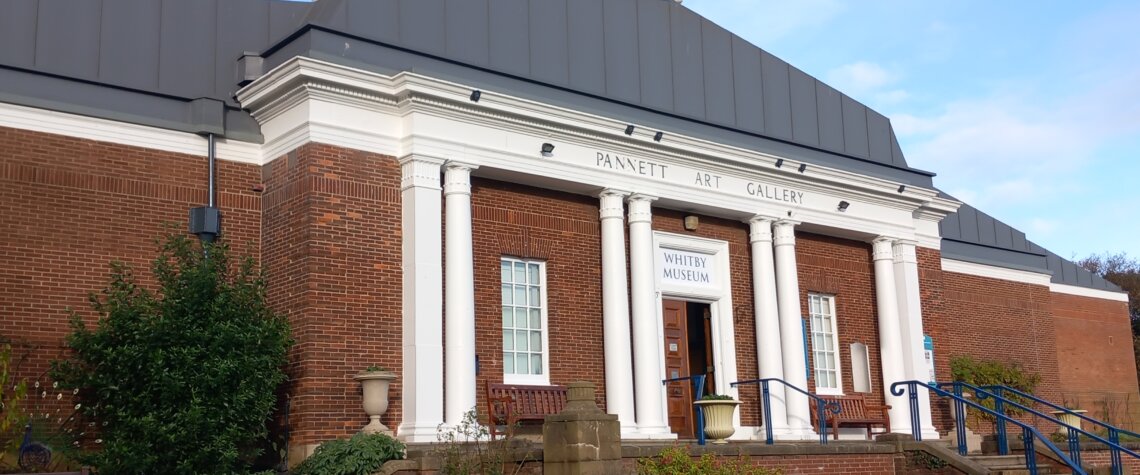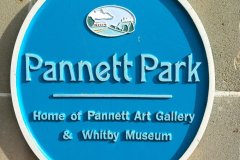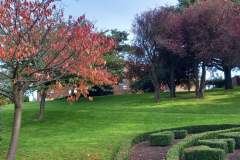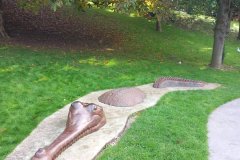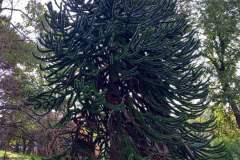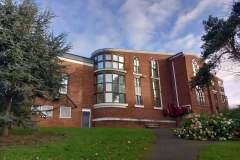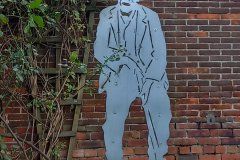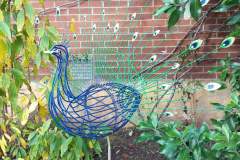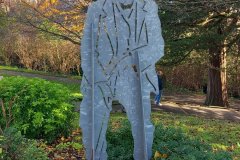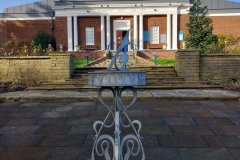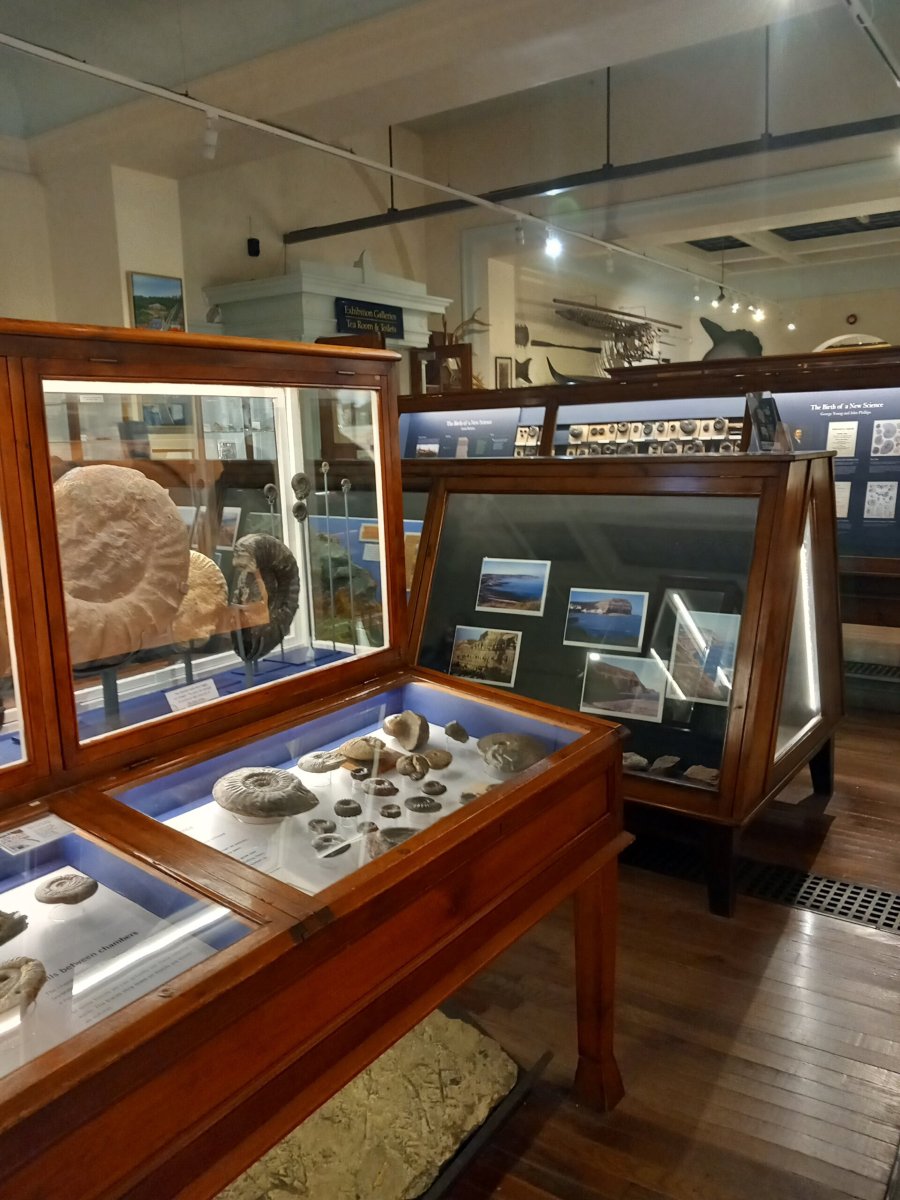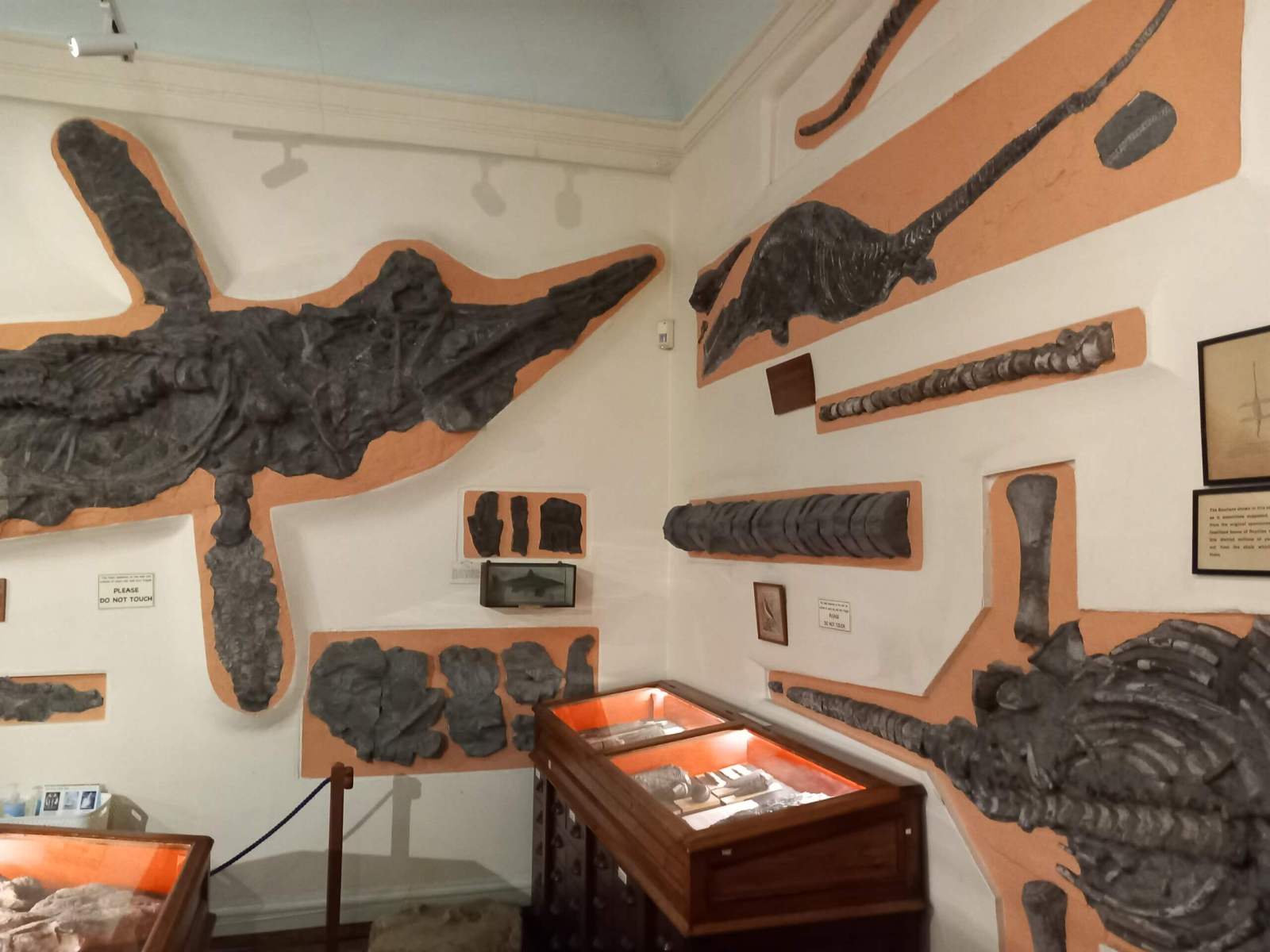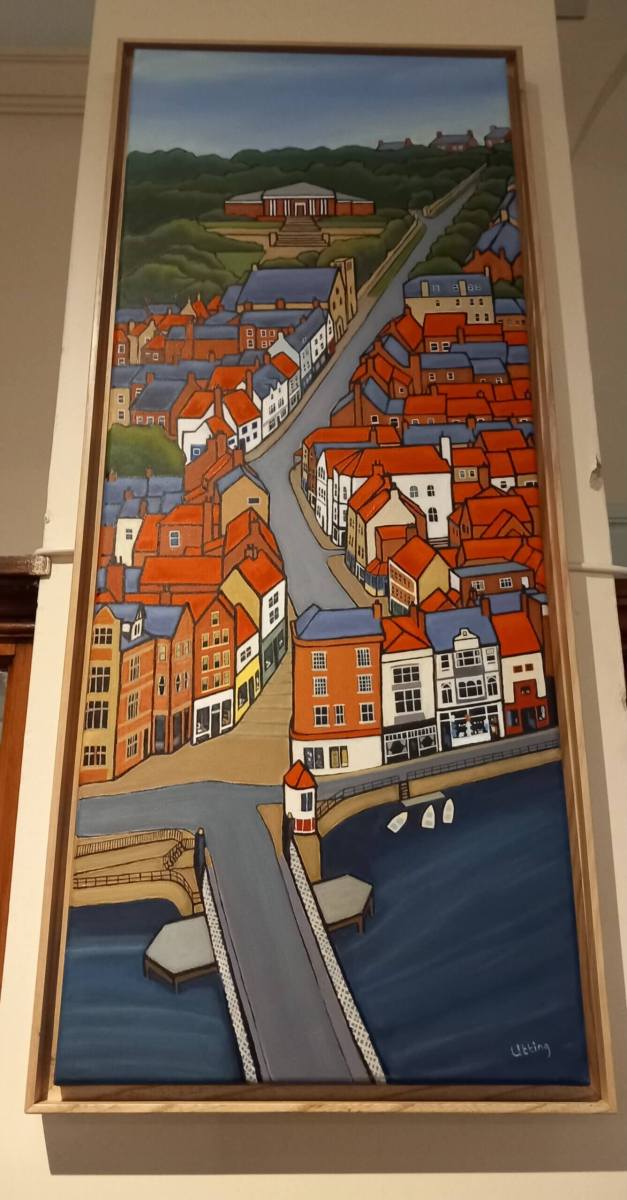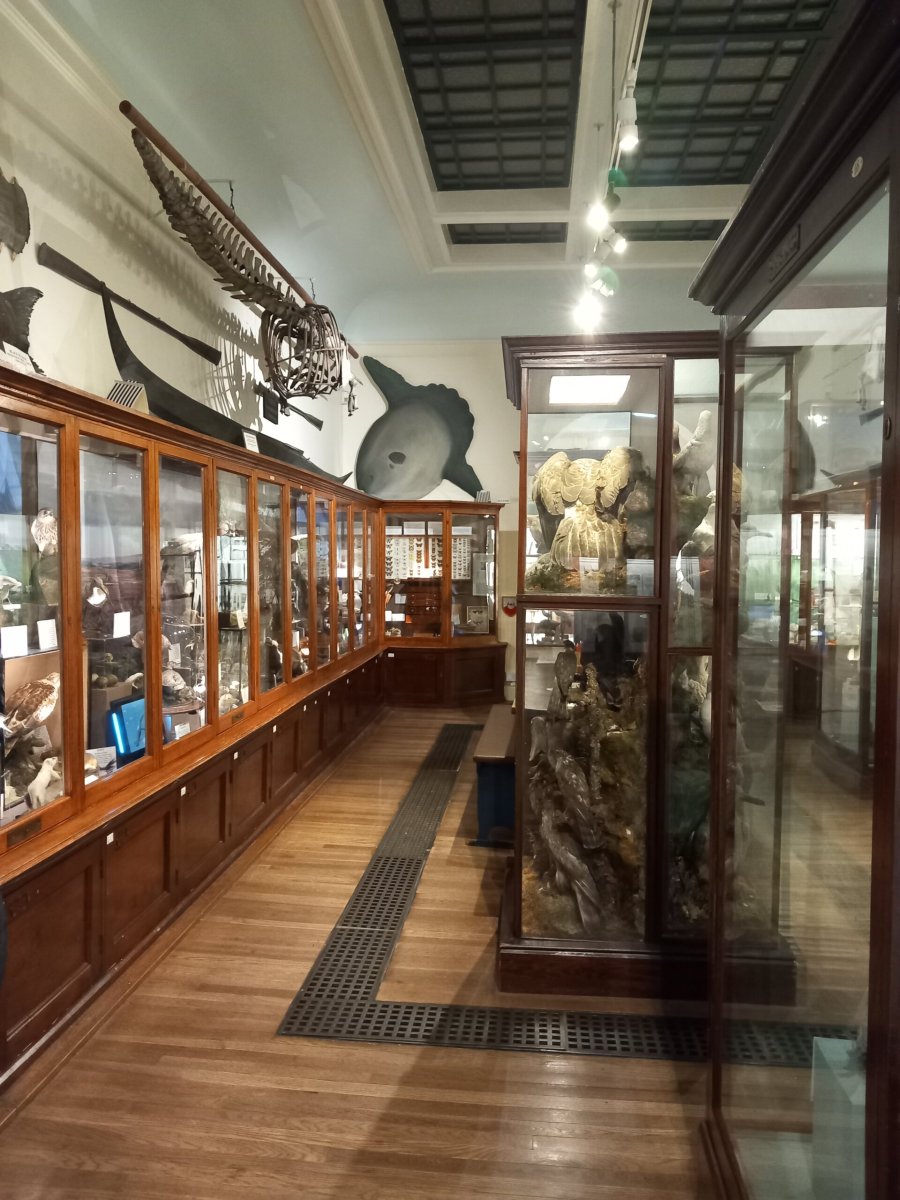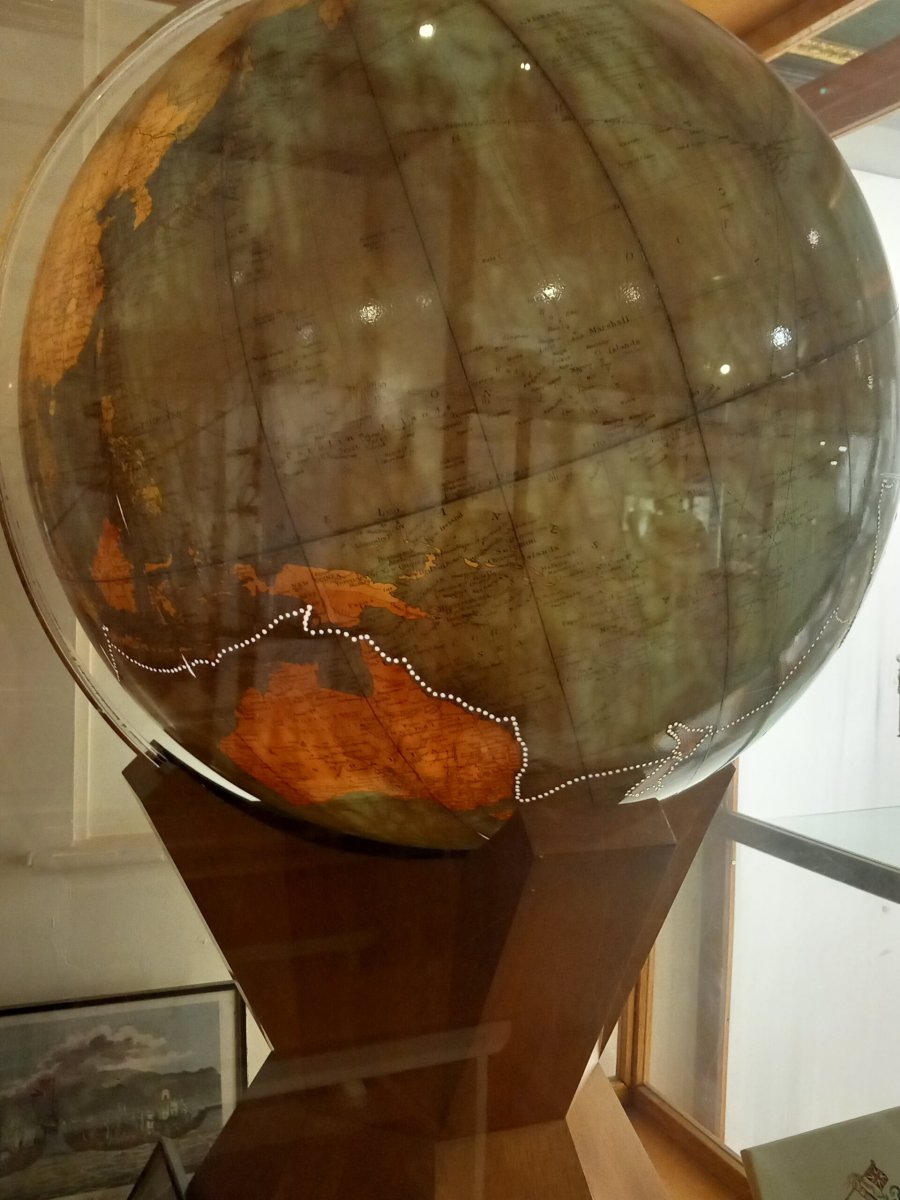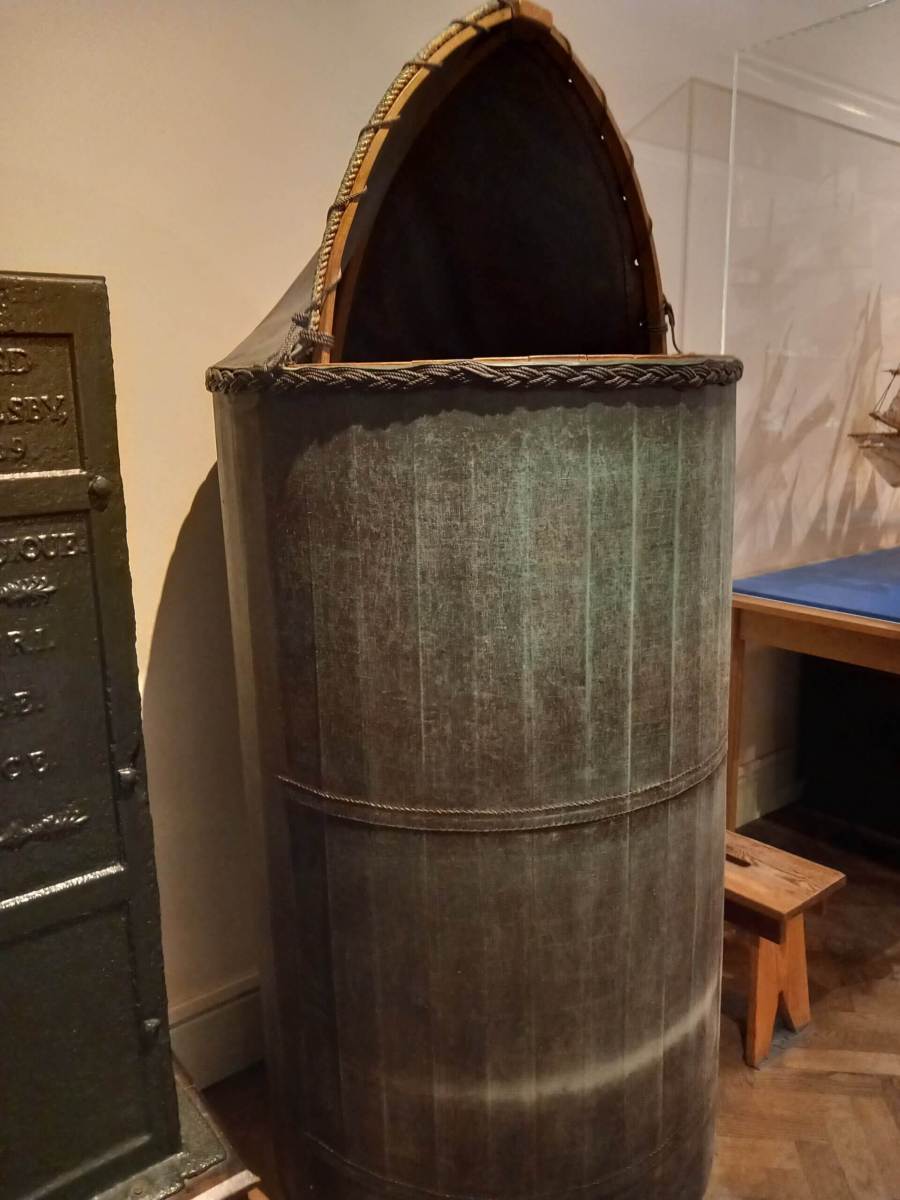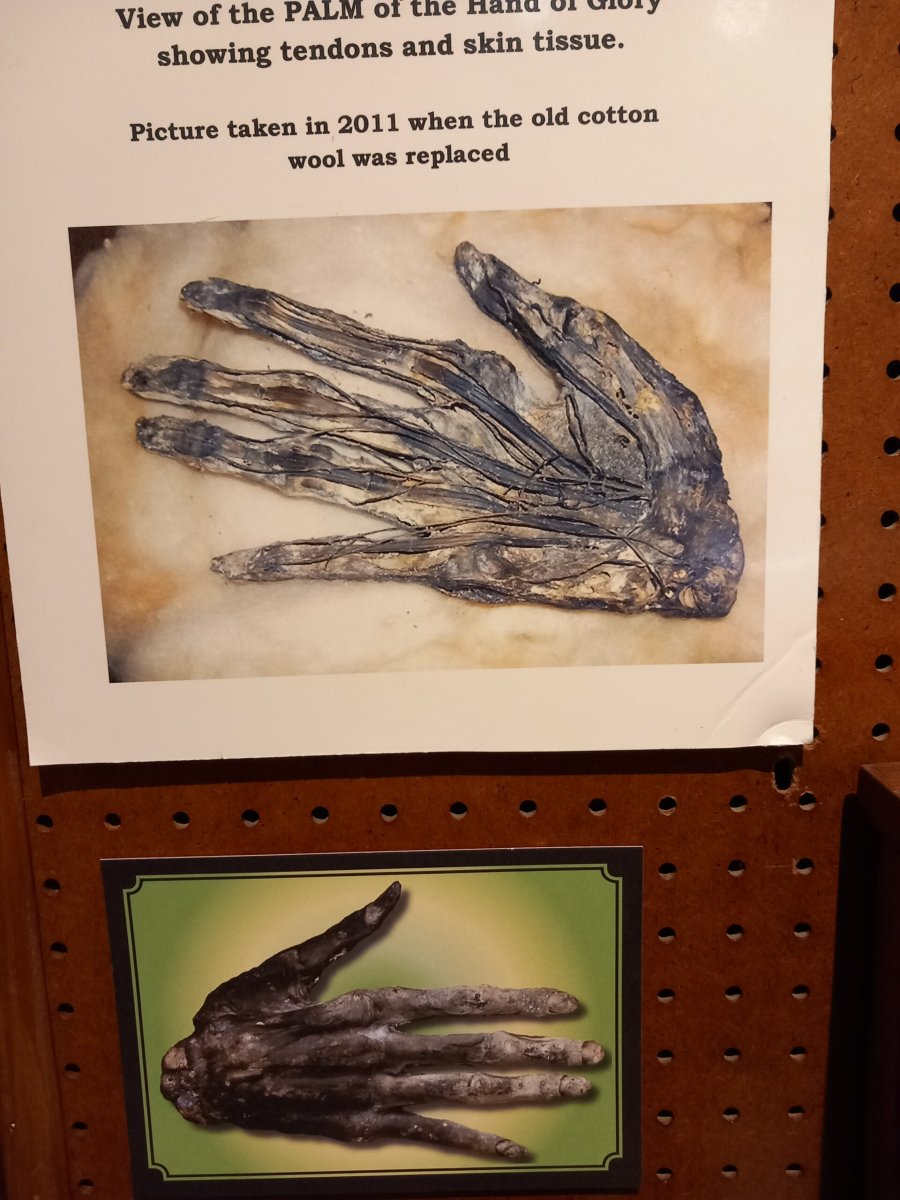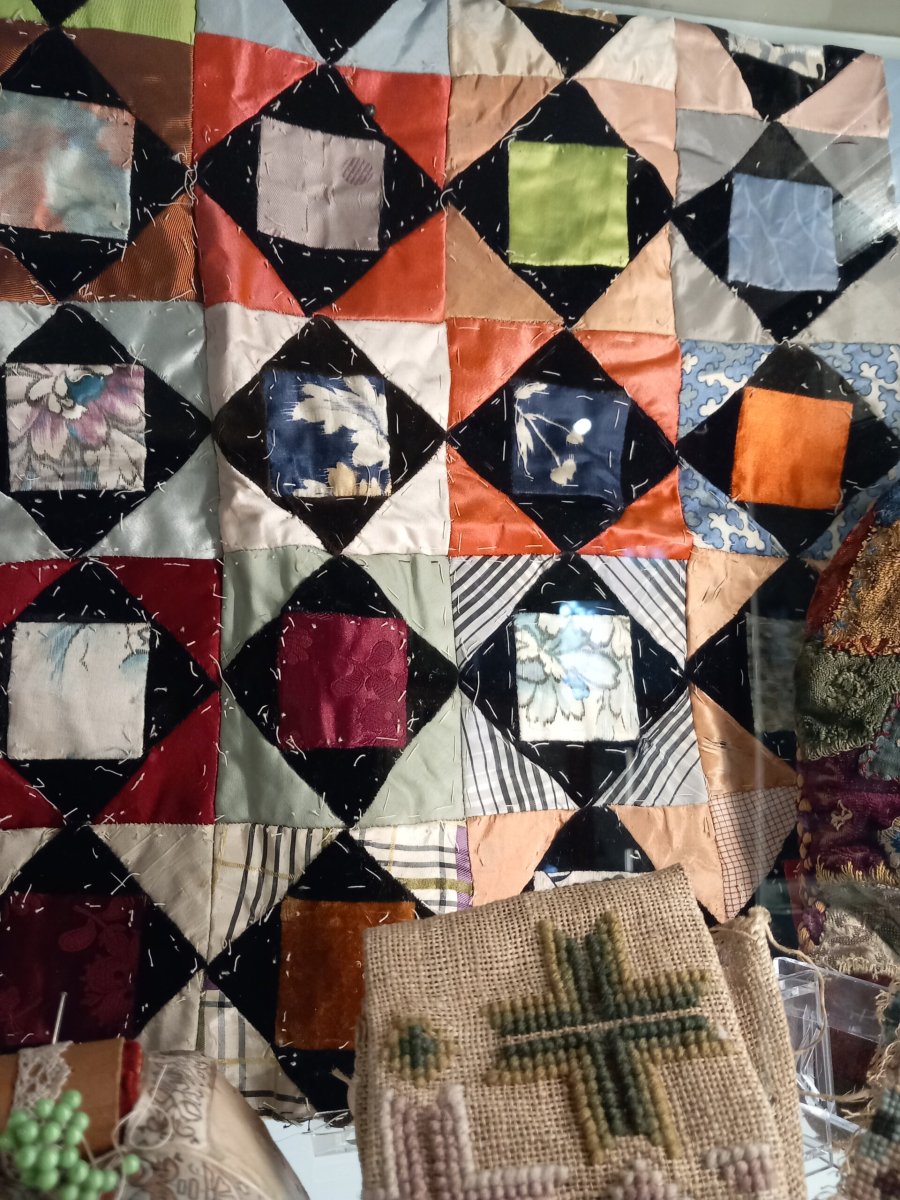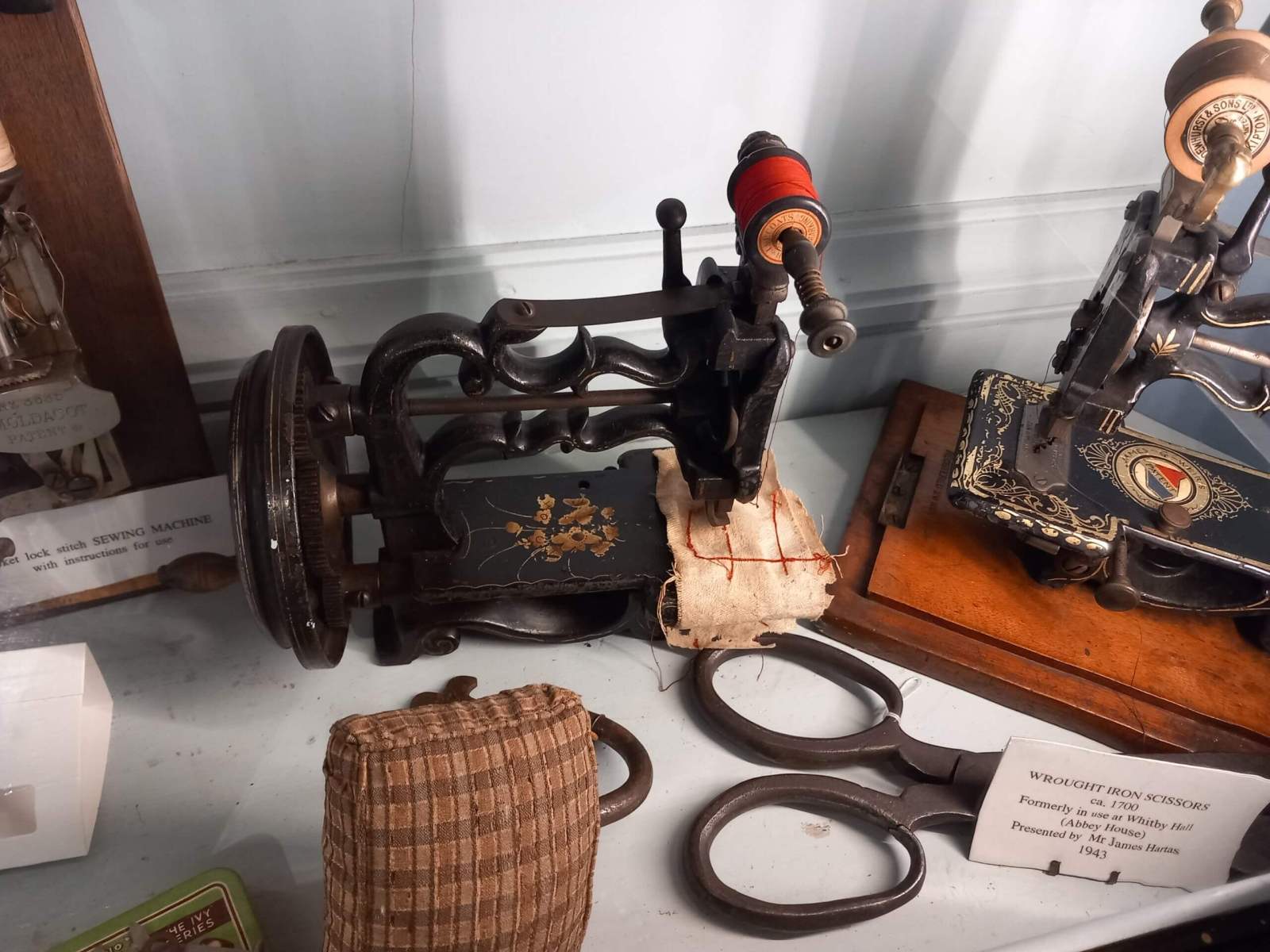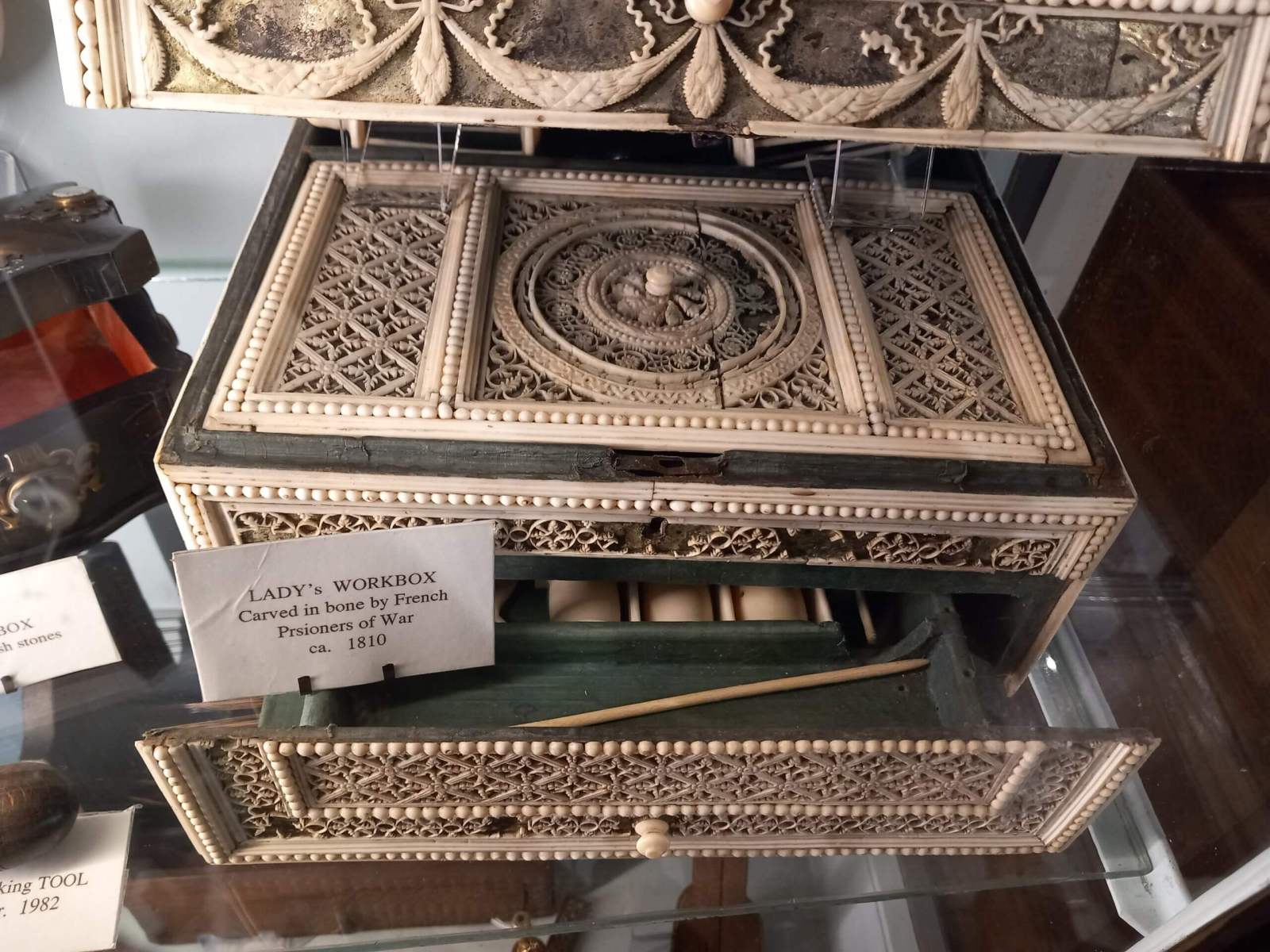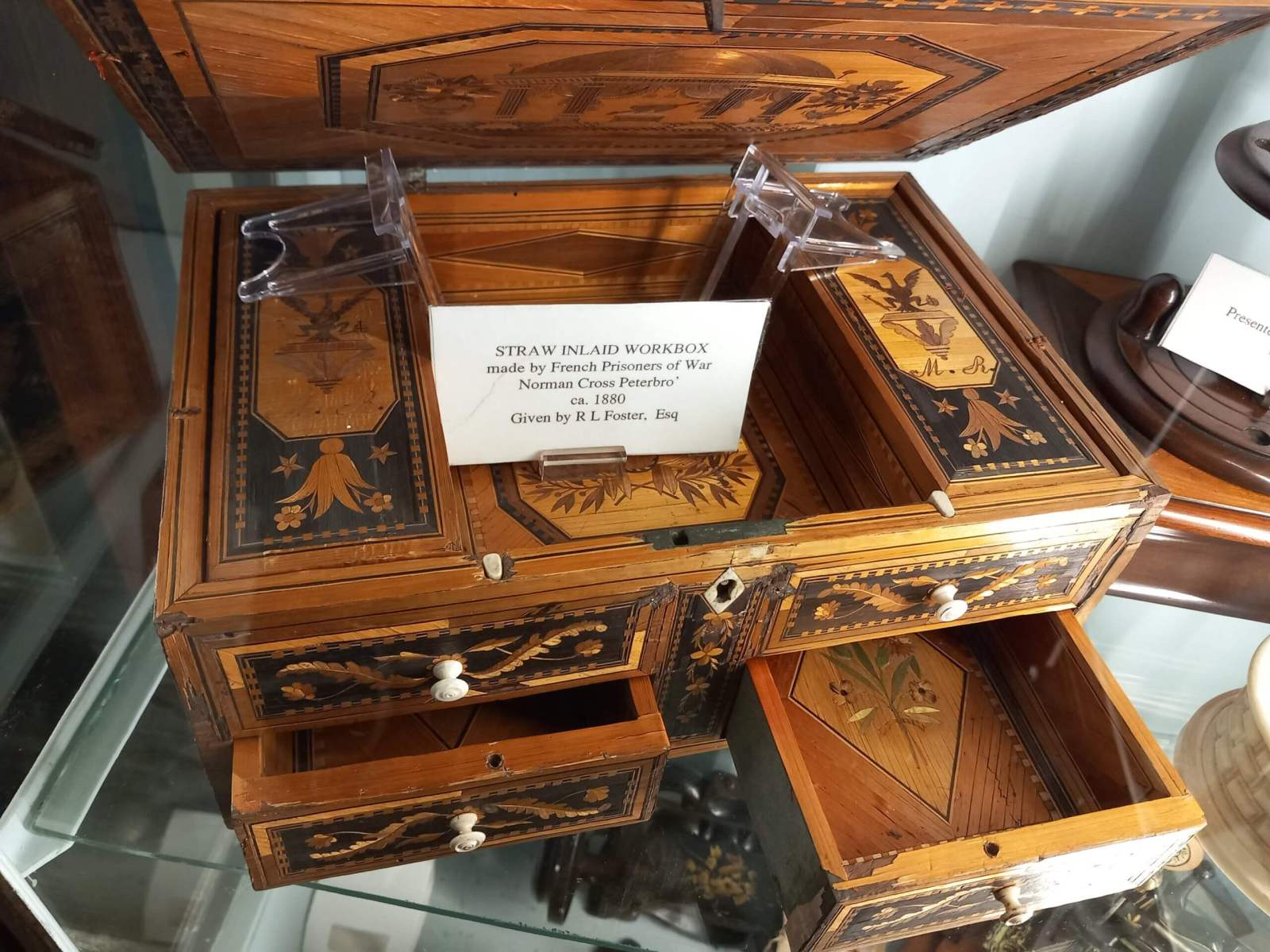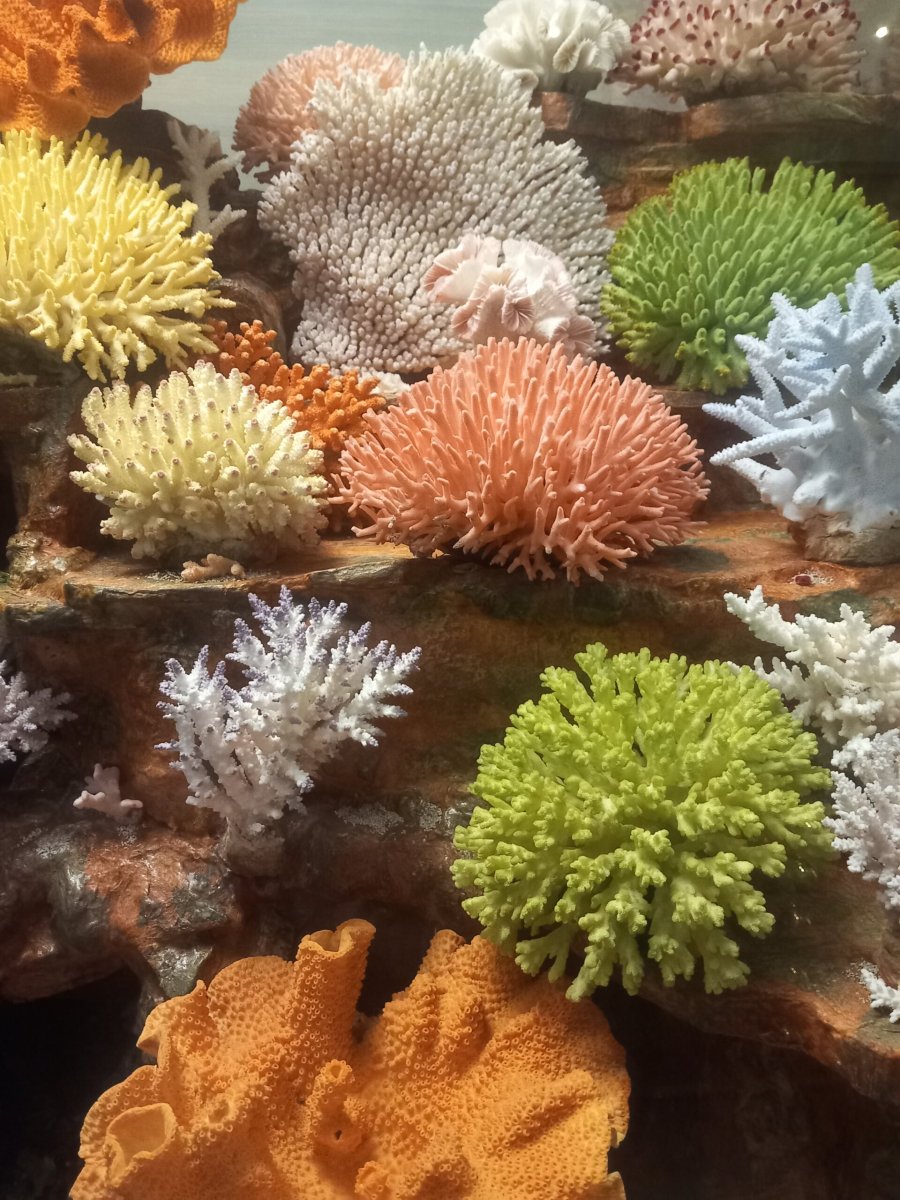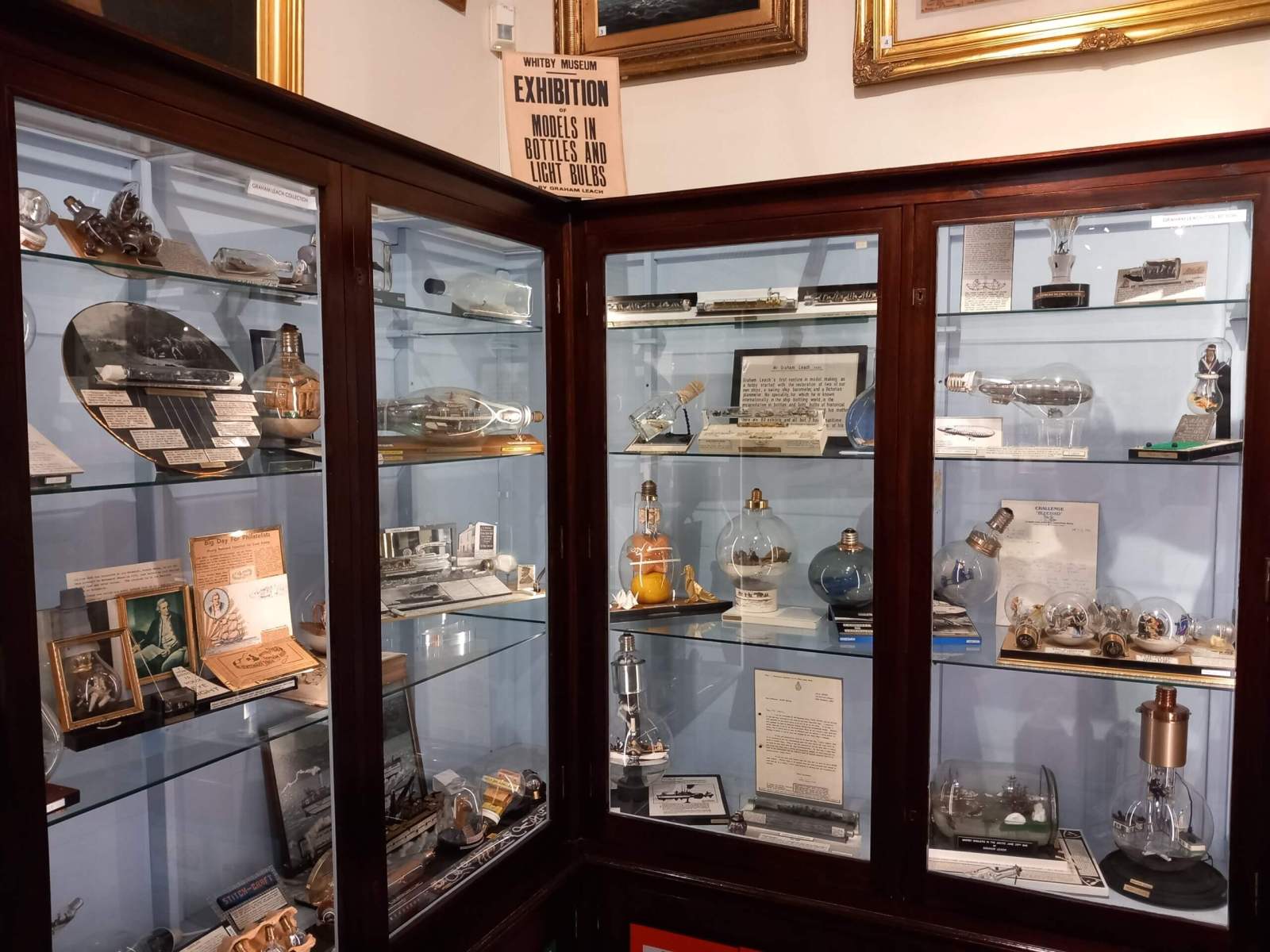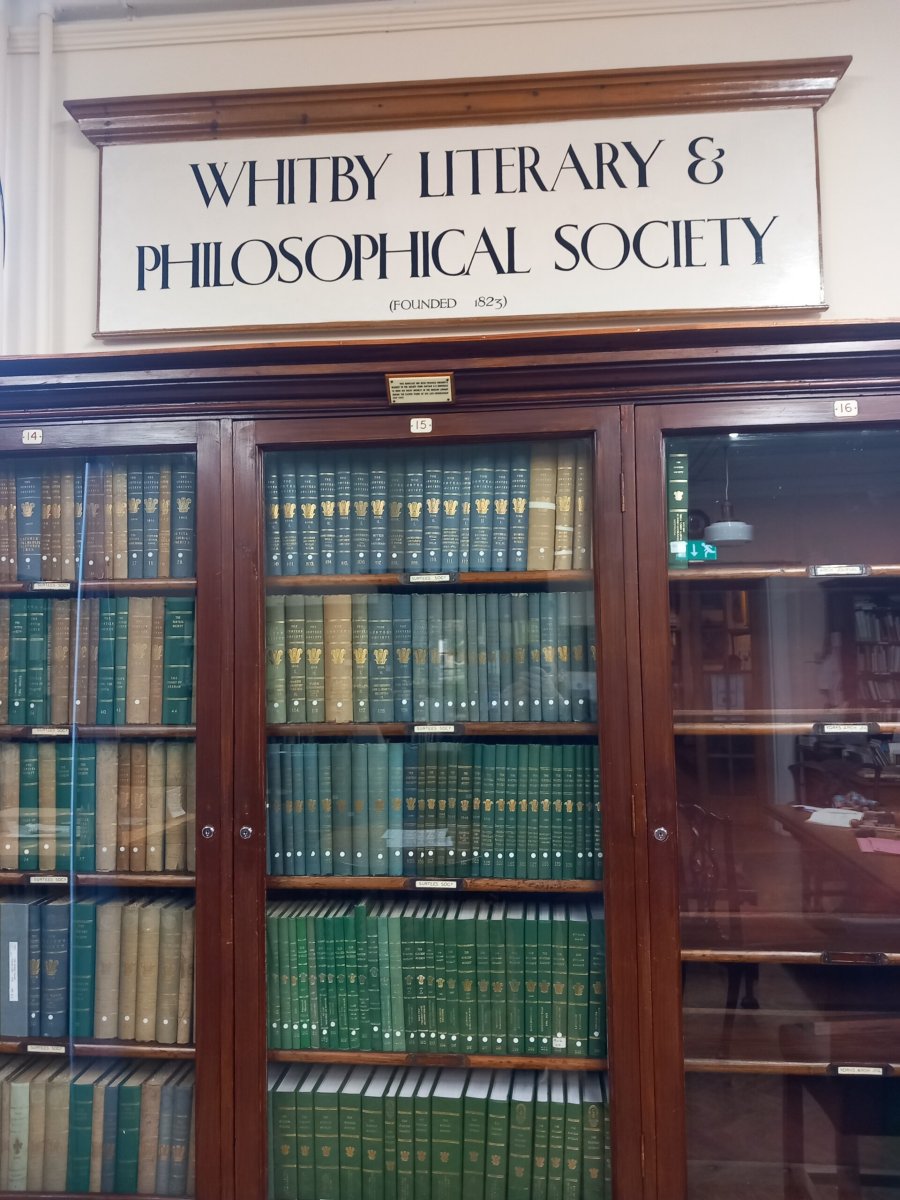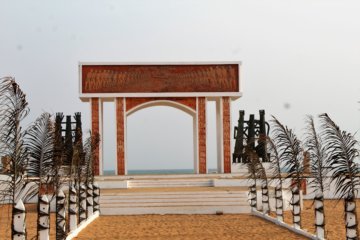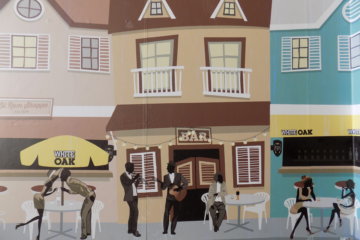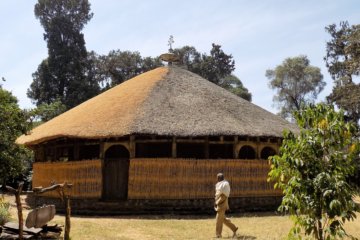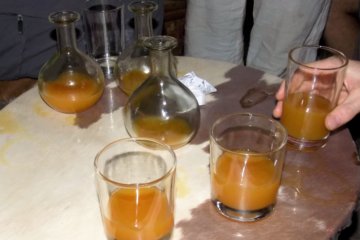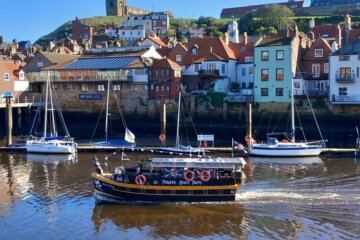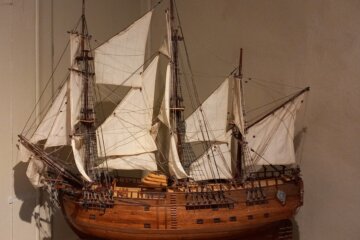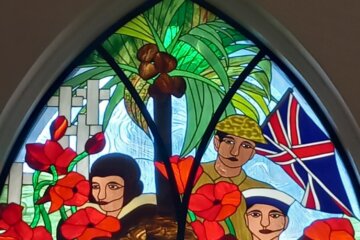Whitby Museum and Art Gallery are both located in Pannett Park in the centre of town. Exploring the park and the museums is well worth a few hours of your time if you are in Whitby.
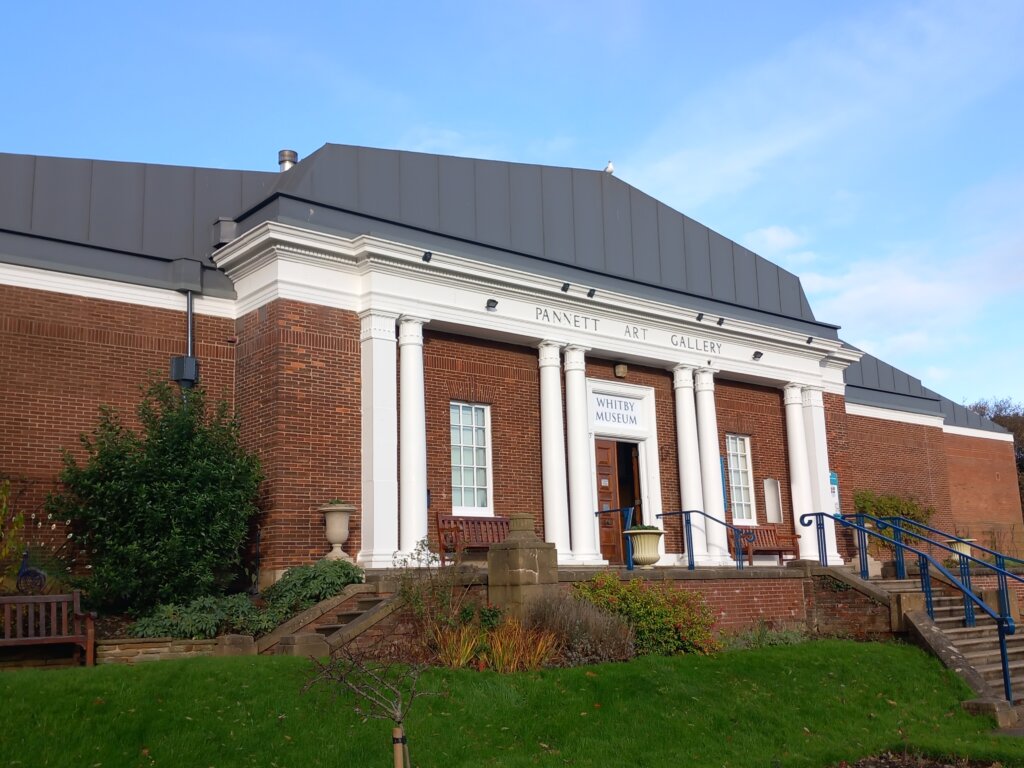
In this article
Pannett Park
Pannett Park is named after Robert Elliott Pannett, a local gentleman who donated a great deal of his time and money to educational and charitable causes in Whitby. He bought the land that the park now occupies in 1902 to prevent it from falling into the hands of speculative builders. Following his death in 1920, his will revealed that he had left the land to the town for ‘the creation of a public park and a building for the reception and preservation of my works of art’.
Today, the park is a haven of peace and tranquillity. It is beautifully maintained with planting schemes giving colour for all seasons, and interesting sculptures to interest those walking through. There are stunning views of the town below and a state-of-the-art play area.
The Floral Clock
The highlight of Pannett Park is its floral clock, originally installed in 1953 to commemorate the coronation of Queen Elizabeth II. For many years, its fabulous floral displays were a much-loved feature. Each year a different theme was chosen and the planting depicted various logos and pictures. At one time, a water fountain even circled the clock. Unfortunately by 1979, the clock had fallen into disrepair. Its hands were removed and the planting reverted to a normal flowerbed. It remained like this for 27 years until 2006 when the Friends of Pannett Park secured grants and sponsorship to reinstate the clock, create the Whitby Time Line, and carry out landscaping improvements. The clock has now been restored to its former glory.
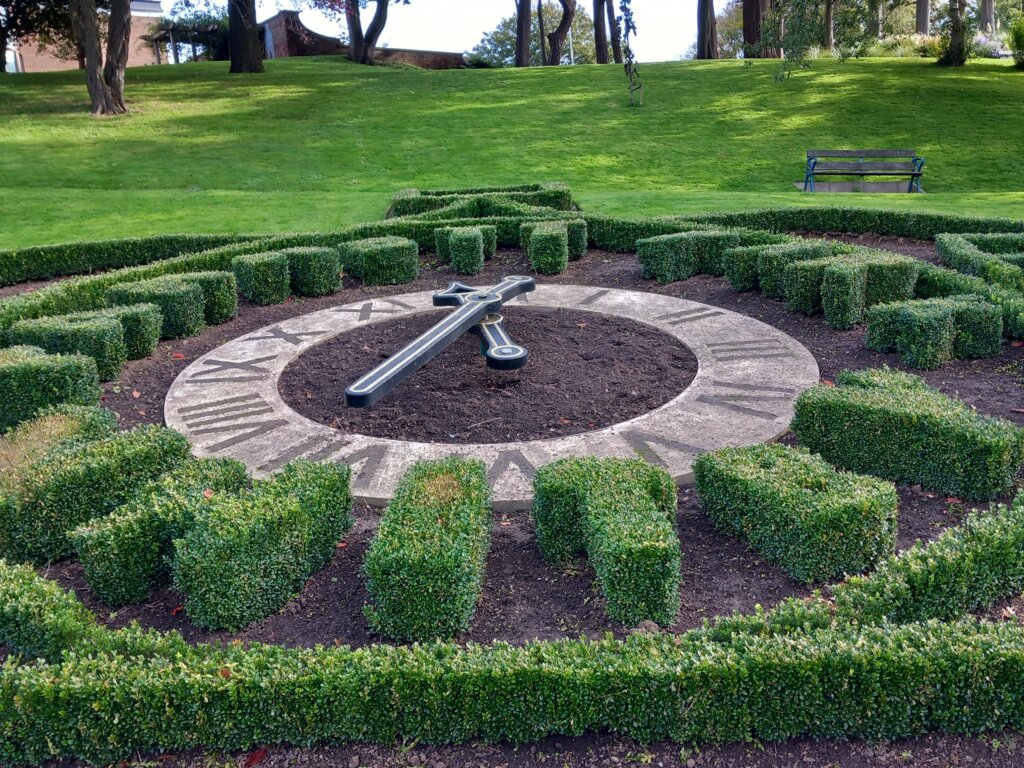
Pannett Art Gallery
The art gallery opened in Pannett Park in 1928. It houses two permanent collections and several changing exhibitions. The gallery usually closes early in December and reopens at the beginning of February. Admission is free.
The Staithes Group Room displays a permanent exhibition of work by early 20th-century impressionist painters, together with arts and crafts, tapestries and fine pieces of furniture by local cabinetmakers.
The Weatherill Room holds works by George Weatherill and his three talented children.
When I visited recently, there was a very colourful display of paintings depicting fossils found locally.
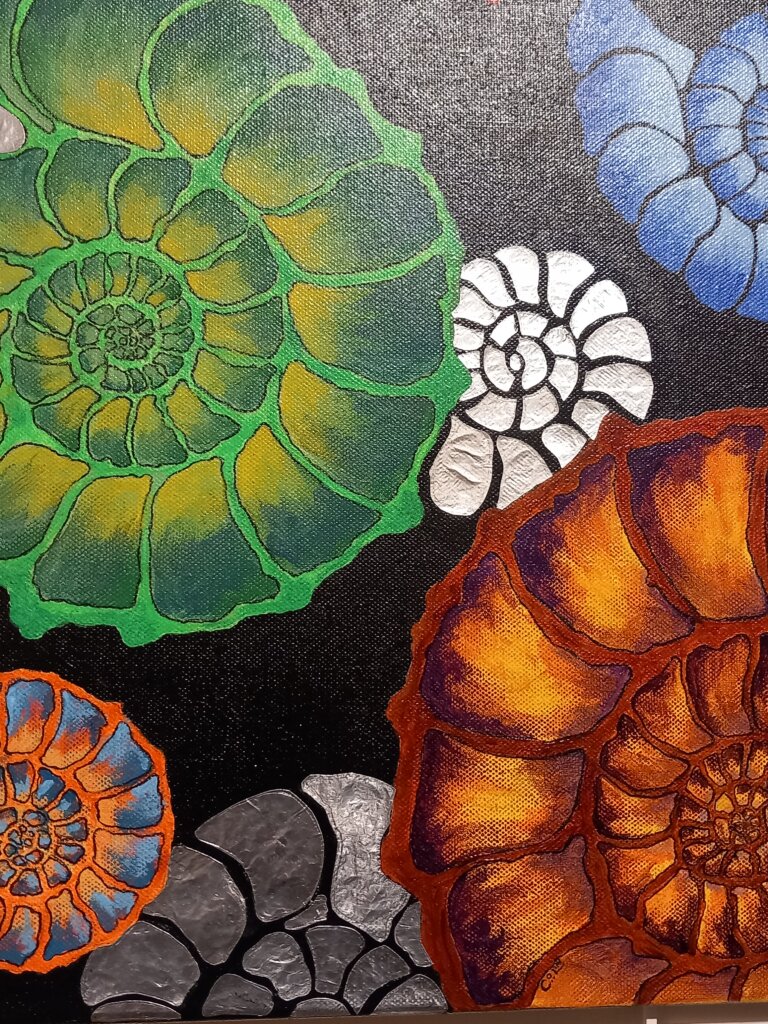
Whitby Museum
Last year, Whitby Museum celebrated its bicentenary with an exhibition entitled ‘Whitby Museum – 200 Years of Collecting’. Like the art gallery, the museum closes early in December and reopens at the beginning of February. Admission to the museum is £8 for adults, but the ticket is valid for a whole year, making it extremely good value! Children get in free.
History of Whitby Museum
Whitby Literary and Philosophical Society was founded on January 17th, 1823, with the express intention of starting a museum. On September 25th of that year, Whitby Museum opened to its first visitors.
The original museum was established in rooms on Baxtergate. After three years there, it moved to the top floor of a building on Pier Road that also housed the town’s library and public baths. Over the next century, the museum’s collections grew to the point where bigger premises were needed. Fortunately, Robert Pannett’s bequest to the town provided a solution. The Society built the nucleus of the present Whitby Museum behind the art gallery and opened it to the public in August 1931. In the years since the museum has expanded further. The most recent extension was completed in 2004. It was funded by generous patrons and a Heritage Lottery grant.
Today, Whitby Museum continues to care for the heritage of the town and surrounding area, preserving and presenting it to residents and visitors alike.
Highlights of Whitby Museum’s Collections
Whitby Museum is home to a fascinating eclectic collection of artefacts. I could have spent hours wandering around inside. Luckily, my entrance ticket gives me unlimited access for a year, so I will definitely go back!
Some highlights are:
- A narwhal skeleton donated in 1834.
- A collection of over 1800 fossils donated by Martin Simpson in 1841.
- Lots of decorative and functional items from all four corners of the globe, brought back to Whitby by sea captains.
- Many examples of Whitby jet, including a medallion of Queen Victoria made by John William Barker and presented to the museum as a jubilee gift.
- A model of the covered crow’s nest invented by William Scores Senior of Whitby. It was first used in 1807. It was entered by a trap door at the bottom and was fitted with racks inside for a telescope, a speaking trumpet, and a signal flag.
- The Hand of Glory – a mummified human hand – said to be the hand of a hanged man, used by burglars to prevent them being discovered. The hand became a candle holder for a special candle which, when lit, put all the sleepers in a house into a trance from which they couldn’t be roused. Sometimes, the fingers of such a hand were lit, in which case, if the thumb refused to light, it meant someone in the house was still awake. The flame couldn’t be put out with water. It could only be put out with blood or milk. The hand on display in the museum was found in the early 1900s and donated to the museum in 1935. Experts believe it could have been used as late as 1820.
- Lots of textiles and local fabric crafts (my passion!). Some of the items are unfinished so you can see the craftsperson’s work very clearly.
- Examples of colourful coral brought back to Whitby on ships, long before mankind realised the folly of removing such items from their natural habitat.
- A fascinating collection of models (mainly ships) displayed inside bottles and light bulbs.
The Tempest Prognosticator
But, drumroll please, the star of the collection is:
A copy of Dr George Merryweather’s 1850 leech-operated ‘Atmospheric Electromagnetic Telegraph conducted by Animal Instinct’ or ‘Tempest Prognosticator’.
Merryweather observed that the ordinary medicinal leech is particularly sensitive to the atmospheric conditions generated before the occurrence of electric storms. His invention consisted of 12-pint glass bottles set around a circular stand under a bell which was surrounded by 12 hammers. Each hammer was attached by wire to a piece of whalebone set loosely in the neck of one of the bottles. An inch and a half of rainwater was poured into each bottle. A leech was then placed in every one. The electromagnetic state of the atmosphere caused a number of leeches to climb up into the tubes. When they did this, they displaced the whalebone and caused the bell to ring. When several bells rang in succession, a storm was ‘prognosticated’ or forecast.
Merryweather tested his machine for over a year before demonstrating it at the Great Exhibition of 1851. He posted a letter to Henry Belcher, President of the Whitby Literary and Philosophical Society, as soon as each storm was predicted. At that time, there were multiple postal deliveries every day, ensuring that the letter would be postmarked with both the date and time before the storm came, thus proving the prediction true.
Dr Merryweather designed 6 different versions of the Prognosticator to suit differing pockets. He anticipated that they would be widely used on ships all over the world. However, the design failed to catch on!

An Early Review
A comment from an early visitor to the museum went as follows:
‘Exhibits are displayed and described in such a way as can be understood by the man in the street, which all museums are not.’
This remains true for Whitby Museum today.
If you’re travelling soon, please use these links!
Are you travelling soon? Use these links when making your bookings. These are the companies we use. It won’t cost you any extra, but we will earn a few pennies to help keep Happy Days Travel Blog going. Thank you!!
- Book your travel insurance with World Nomads. If you are a digital nomad or long-term traveller, try the specialist provider SafetyWing. (Never leave home without protecting yourself, your trip and your belongings!)
- Book your flight with Skyscanner
- Book your accommodation with Booking.com
- Book a tour with Tour Radar
- Book city tours and activities with Viator or Get Your Guide
- Check out our Resource Page for more companies we recommend.
Disclosure: This post contains affiliate links. If you click through for more information, or to make a purchase, it may result in a small commission coming my way. Please note that there is no extra cost to you associated with this. Thank you so much for supporting my site.
Join our mailing list

Sign up to receive our monthly newsletter. Keep up with what we're doing and be the first to receive special offers and insider tips.

